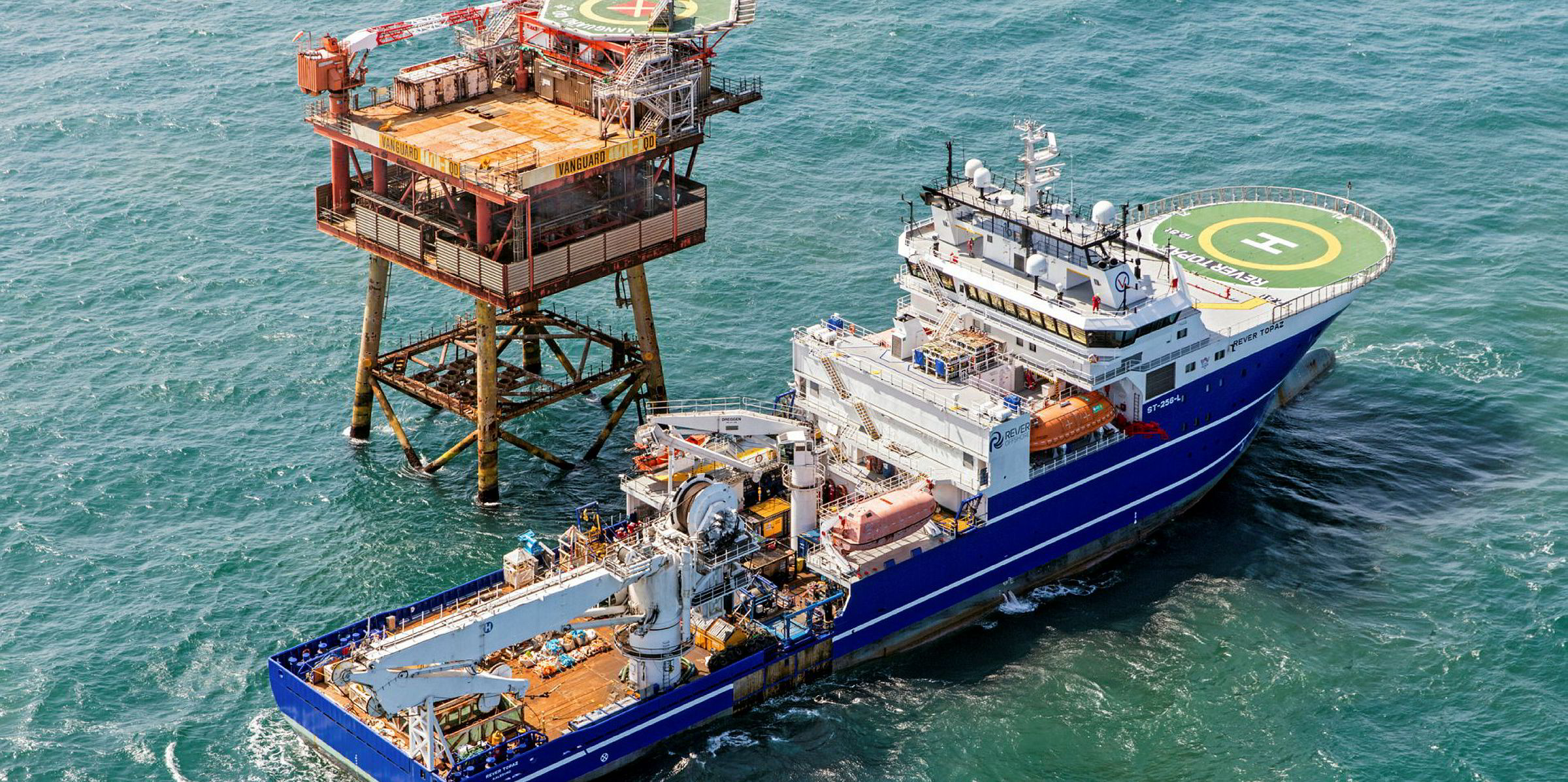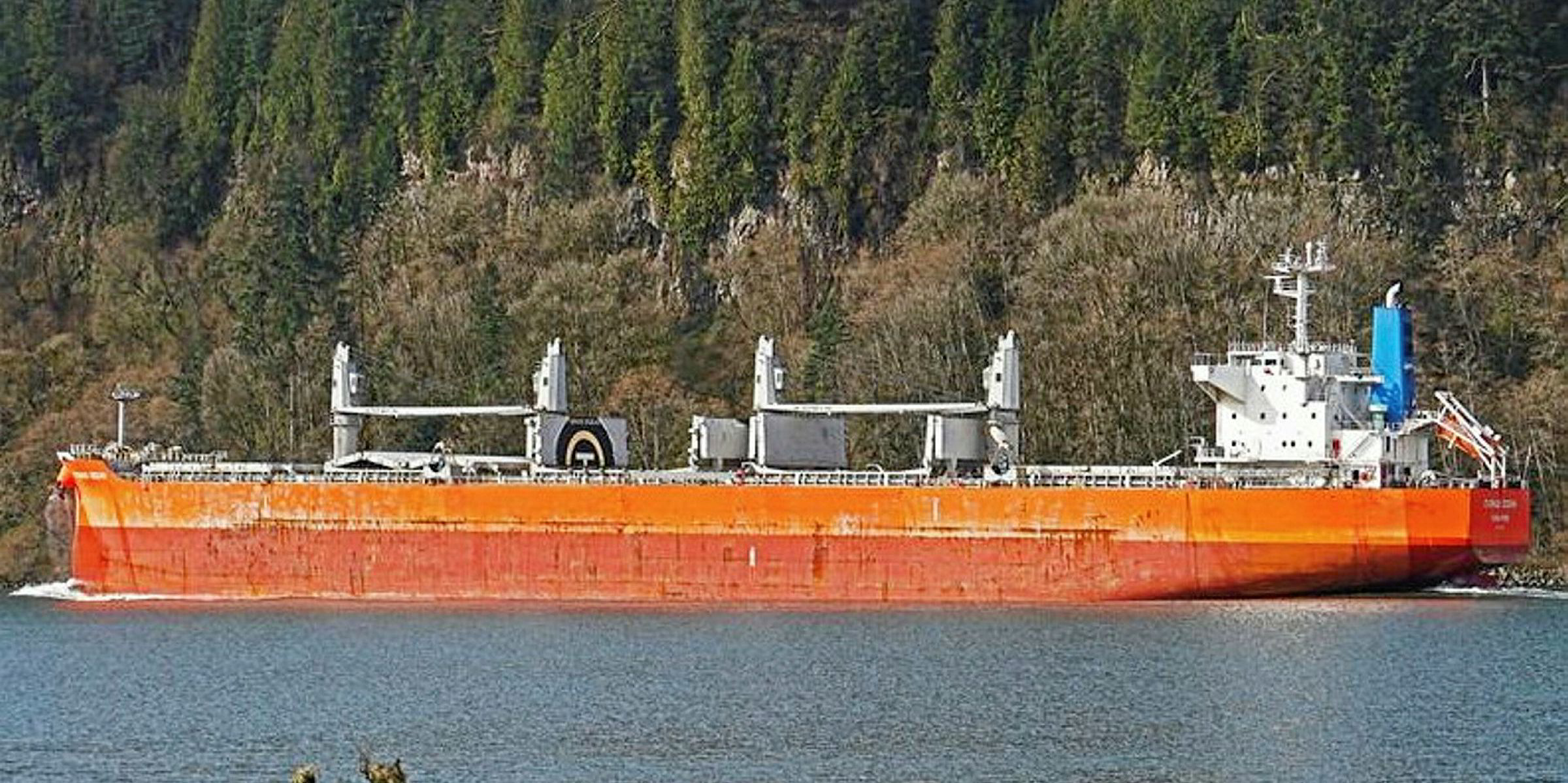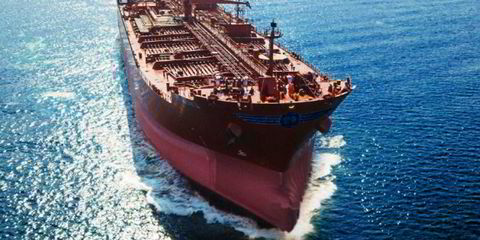A second wave of Covid-19 will depress investment returns on secondhand tonnage and drag down newbuilding prices further, according to Maritime Strategies International (MSI).
With renewed Covid-19 outbreaks in China, the US and some other countries, the London-based consultancy has been modelling the performances of shipping markets in what it describes as a “low-case scenario”.
A resurgence in Covid-19 in the second half of the year in major economies would “have a significant impact on demand, trade flows, supply, earnings and prices”, managing director Adam Kent told TradeWinds.
MSI’s assessments show that a second wave would result in worse macroeconomic conditions, pressuring asset prices across the shipping sectors.
The company’s low-impact case would see world GDP shrink by 9.7% in 2020 and grow by just 1% next year, Kent said.
In MSI’s base case, in which the pandemic will be under control later this year, the global economy will contract by 3.9% this year before growing by 5.6% in 2021.
Kent said activity in the secondhand market had begun to pick up in recent weeks, with “a bit of pent-up demand for ships” following a general lack of liquidity earlier this year.
“If we saw another outbreak, in our low case we expect liquidity to be reined back in again, just because people don’t like making decisions that cost $1m,” he added.
Moreover, the internal rates of return (IRR) on secondhand tonnage will be generally three percentage points lower if there is a second wave of infections, according to MSI.
This assessment is calculated on an acquisition of a five-year-old ship today and sale in 2025.
“It is really the lower cash flow over the next couple of years which is pulling down the IRR,” said Kent, referring to vessel earnings.
In this situation, which ships would be the best investment targets?
MSI suggests the types that stand out are panamax and feeder boxships, handysize chemical tankers, handysize and handymax bulkers and LPG carriers between 5,000 cbm and 8,000 cbm. Those vessels can achieve five-year IRRs ranging from 12% to 19% in MSI’s base case.
“When it comes to earnings, the small vessel types typically exhibit less volatility than larger vessels and therefore have a steadier, more consistent cash flow, which is elevating them up the table in the IRR calculation,” Kent said.
Containerships between 2,000 teu and 2,100 teu can achieve an IRR of 15% even when there is a second virus wave — the highest among all ship types.

“Small containership prices have been sliding since the third quarter of last year ... and are therefore currently at more depressed level than many other sectors,” Kent said.
“Supportive growth on intra-regional trades over the next five years and low fleet growth means that a 10-year-old vessel in 2025 will be worth more than a five-year-old vessel is today.”
In the shipbuilding market, MSI believes renewed outbreaks would prolong the current downturn.
“Impacts of Covid-19 will be felt harder for longer ... We’re not expecting any huge ordering volumes to the rest of 2020,” Kent said.
“Which will mean at the end of this year, there is going to be some significant downward pressure on newbuilding prices.”
If there is a second wave, MSI predicts the VLCC newbuilding price will average $86.7m this year, $77.7m next year and $74.8m in 2022. Otherwise, it will fall from $87.5m in 2020 to $80.6m in 2021, before a recovery to $83.6m in 2022.
The capesize newbuilding price will average $46.7m in 2020, $41.3m in 2021 and $39.4m in 2022 in the worst-case scenario. If the pandemic remains under control, it will average $47.1m this year and $42.9m next, before rebounding to $44.5m in 2022.
“If we look out to 2022, there [would be] very little in the global orderbook at the shipyards,” Kent said.
Even before the Covid-19 crisis, newbuilding orders had been limited for years due to regulatory uncertainty and tight financing.
The International Maritime Organization aims to cut international shipping’s carbon intensity by at least 40% before 2030 and to halve greenhouse gas emissions by 2050.
While the IMO is finalising its short-term decarbonisation rules due to come into force by 2023, most industry participants believe it will be years before vessels that can meet the 2050 target are developed.
Shipowners will remain hesitant in building more ships that may not meet the IMO’s decarbonisation targets, Kent said.








